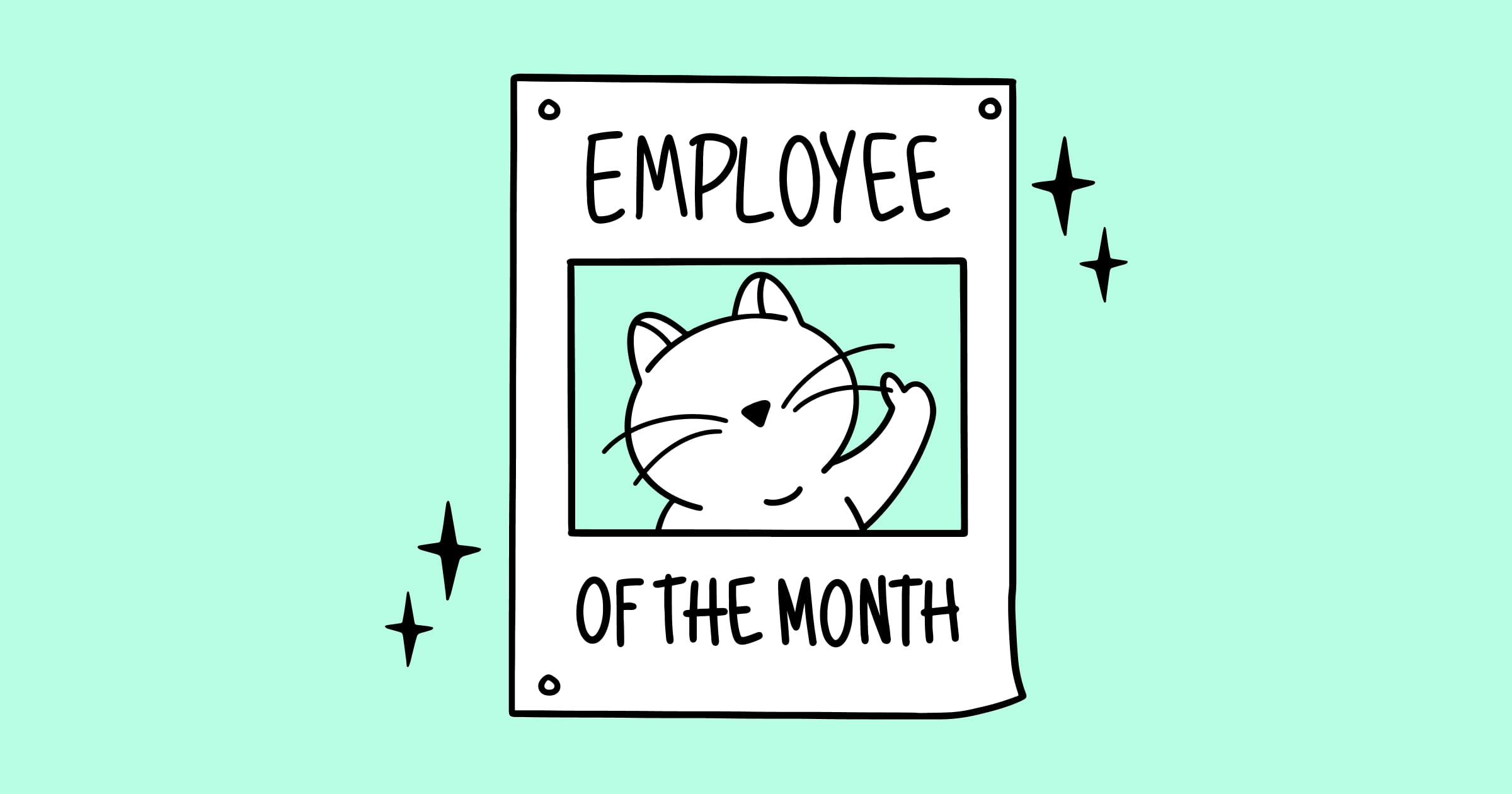March 18, 2025

A skills inventory is more than just a list of skills and competencies. It is a must-have for effective workforce management during a bruising talent crunch.
Whether your organisation is small or large, it is important to know what skills and competencies your employees bring to the table as that is the best way to match the right people with the right jobs.
We realise it can be difficult to keep track of all the skills in your workforce, given the fact that employees are increasingly developing and learning new skills over the years unlike the days when an individual made a life-long career out of a single set of skills. But this is where a skills inventory – also called a skills or competency database – comes handy. Today, creating one is less of an administrative exercise and more of a necessity for effective workforce management and organisational success.
If you’ve read our earlier blogs (such as this one), you’ll know that a skill is a learned activity while a competency is a combination of one’s skills, knowledge, abilities, and behavioural attributes. Skills and competencies are essential to managing human resources competently because both individuals and positions can be fully described in terms of the skills and competencies they possess and require.
A skills or competency inventory is therefore is a compilation of the skills and competencies within an organisation. However, it is more than just that. A skills inventory must act as a measuring or rating tool for each of the skills and competencies it holds. So, it must ideally include proficiency and expertise levels (wherever possible), qualifications, certifications, and much more. A well-defined skills inventory not only identifies the skills and competencies employees currently possess but also those that the organisation needs to acquire and support over time. Such a catalogue of skills is usually drawn from self-assessments by employees or assessments conducted by the organisation or a combination of both.
If you’re familiar with MuchSkills, you’ll know that we help organisations create a modern skills matrix or competency matrix. A skills matrix visually maps the skills and competencies of each employee in an organisation. Creating a skills matrix is an essential step in the process of building a skills inventory. Both are similar as far as their contents go. These include the following:
Based on your organisation’s strategy and requirements, your skills inventory must include all the skills and competencies you have and require. For better understanding, skills can be categorised as:

Next, the skills inventory needs a measuring tool to assess and rate each skill or competency. To give you an example, MuchSkills follows a 3x3 assessment system where an employee can rank themselves as ‘beginner’, ‘intermediate’, or ‘expert’ in a specific skill. Within those three levels, there are a further three levels for a more detailed reading of one’s level of proficiency or expertise. Your skills inventory should be comprehensive enough to tell you exactly how proficient an employee is with a particular skill or define the proficiency level required for a specific position.

These verify that an employee is trained and competent to perform a task. With this information, you can easily assign employees with the right credentials to clients who request them.
This not only includes the number of years an employee has been working but the various industries and fields they might have worked in, the projects they were on, positions they have held in the past, and so on.
Whenever permissible, giving employees tasks that match their interests or preferences is a great idea as it improves staff morale, job satisfaction, and performance. Therefore, it’s always a good idea for employees to be able to list this information in their skills profile in the organisation’s skills inventory.
If used correctly, your employee skills database can have a positive impact on many organisational functions:
A skills inventory ensures your understanding of your workforce is authentic and not just at a superficial level. With this knowledge, you can make sure that teams and projects are peopled with individuals who have the necessary skills, expertise, and competence to carry out their responsibilities and meet laid-down goals and targets. Furthermore, an in-depth knowledge of your employees is a must if you want to accurately predict your organisation’s ability to successfully take on new projects and keep your customers happy.
Having a skills inventory – a list of the skills found within the organisation and those it needs to be successful – helps organisations to conduct a skills gap analysis easily, equipping them with the knowledge they need to plug these gaps.

With 87% of organisations reporting a skills gap or expecting one to occur within the next few years, it is important for organisations to conduct a skills gap analysis at least once a year.
Organisations that use their employee skills inventory to conduct a skills gap analysis can then take the following steps to close those critical gaps:
In the wake of the Great Resignation or Great Reshuffle – which has seen the global workforce switch jobs at a rapid pace and organisations struggle with more vacancies than candidates – your skills database or skills inventory can be used as an effective tool for employee retention. This is especially true in organisations that conduct skills gap analysis regularly and subsequently provide training opportunities to employees who are found lacking in the desired skills or skill levels.
A well-defined skills inventory also demonstrates what skills and expertise employees need to reach a given position, which can motivate them to gain the skills they need to get these jobs.
Much like skills training, clearly defined pathways for career progression are key to retaining employees in these turbulent times. According to a 2022 Pew Research Centre survey, 33% of Americans who quit their jobs in the previous year cited lack of career advancement opportunities as a major reason.
A skills inventory is a valuable source of information when you need to fill positions internally. It tells you which of your employees have the skills, competencies, and behavioural attributes that make them suitable for a specific position that has just opened up. Your choice need not be limited to a particular department. Your skills inventory will also let you know if the most suitable candidate is in an unrelated department. Internal talent mobility offers your employees more opportunities for career advancement, which is conducive to having a healthy retention rate as well.
Apart from succession planning, a skills inventory can also assist in leadership planning. A well-defined skills inventory lists the leadership skills and qualities your employees possess. Using this information, you can educate and train your next generation of leaders long before your current leaders step down. This is essential as several factors – the retirement of a large number of Baby Boomers (those born between 1946 and 1964), a high-pitched battle for scarce talent, and the absence of effective leadership development programmes, among others – have left a yawning leadership gap in most organisations.
Now that we’ve established why every organisation needs a skills inventory, how can you ensure the resource you’ve created gives you the desired results? Here are some best practices that will make your employee skills database an invaluable asset:
Establish standard definitions for skills and competencies to avoid confusion. Then, identify the skills and competencies required for each role, department, team, or the organisation as a whole. Include proficiency levels as well. Make it crystal clear what skills and expertise levels employees must achieve to take on a given role or be included in a particular project or team. Do not include skills that are irrelevant to a task or team just for the sake of populating your inventory. When your skills database is an inventory of information that has been classified and organised in such an efficient manner, and includes an exhaustive list of all the skills you need to be a successful organisation (meaning it lists the skills you have and those you need to have), it is called a skills taxonomy.
The good news is that organisations don’t have to develop such a taxonomy from scratch because there are several online skills taxonomies that you could take inspiration from. These include O*Net (United States), ESCO (European Union), Nesta (United Kingdom), SkillsFuture (Singapore) and SFIA (for the digital world)
A consistent system of measurement will help you verify that an employee’s proficiency level in a skill is exactly what they claim it is. This system must be applied across departments and teams to ensure uniformity. There are many types of systems to measure skill levels. Some organisations rate proficiency on a 1 to 5 scale. MuchSkills, as we mentioned earlier, uses a multi-layered 3x3 system to get a nuanced reading of each skill level. It’s important to go with the system that works for your organisation. And once you’ve decided on your measurement system, make sure you implement it with the active participation of your employees and leaders.
To make the right impact, your skills inventory needs to be a living, breathing resource. That means the information it holds must be accurate and up-to-date at all times. If some of your employees have completed a training session or passed a test to raise their proficiency levels, make sure the information is updated immediately. You could also conduct periodic assessments or self-assessments for your employees and update the data at the end of each exercise. Some organisations provide their employees with access to the inventory so they can update the information themselves. They have found this to be a practical and time-saving solution. Others put an employee or employees in charge of managing the information and keeping it fresh. Whatever method you use, remember that a formal review and update process is always better than an ad-hoc one.
For some of us, developing a skills inventory from scratch and tracking and monitoring it continuously might seem like a time-consuming and monotonous exercise. But it need not be. The existence of numerous digital skills management software makes the process quite efficient and simple. By using a skills management software like MuchSkills, you can not only automate repetitive tasks such as reporting and updating new skills on the database but even create skills matrices and comprehensive employee skill profiles, track employee certifications, conduct real-time skills gap analysis, and get a complete overview of your organisation’s skills that allows you to form agile, high-performing teams.

Subscribe to our newsletter to receive MuchSkills insights directly in your inbox. Don't worry we will respect your inbox

A practical look at how skills visibility, fair evaluation, and growth-focused conversations reshape the employee experience.

By revealing hidden talent and optimising workforce deployment, skills visibility democratises opportunities and boosts employee engagement and retention.
